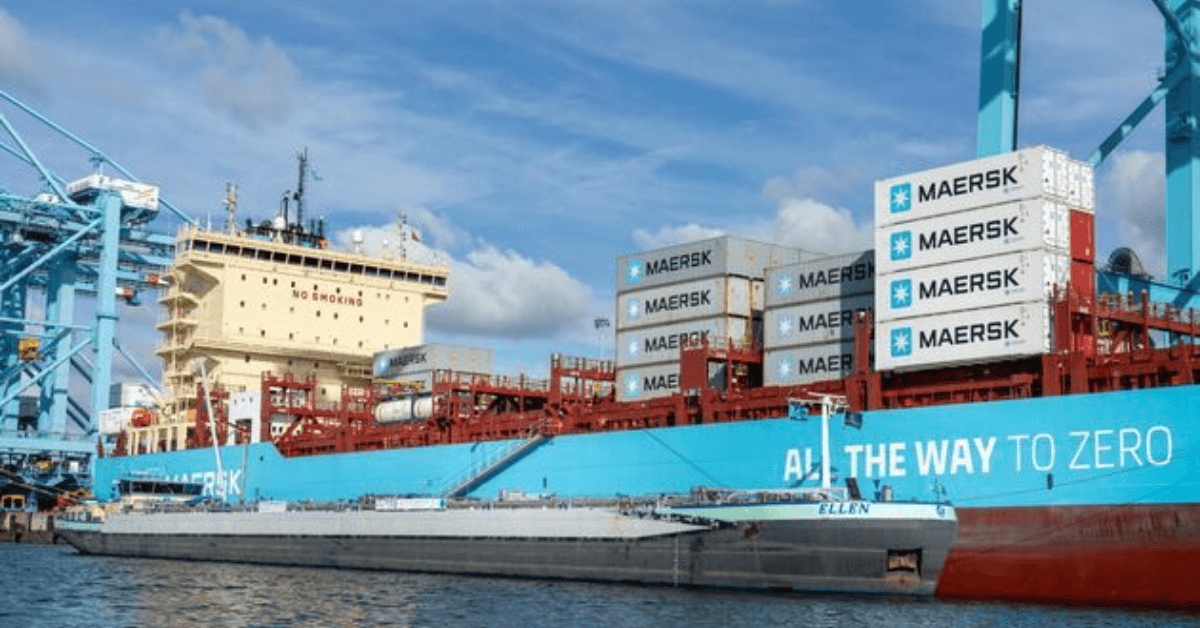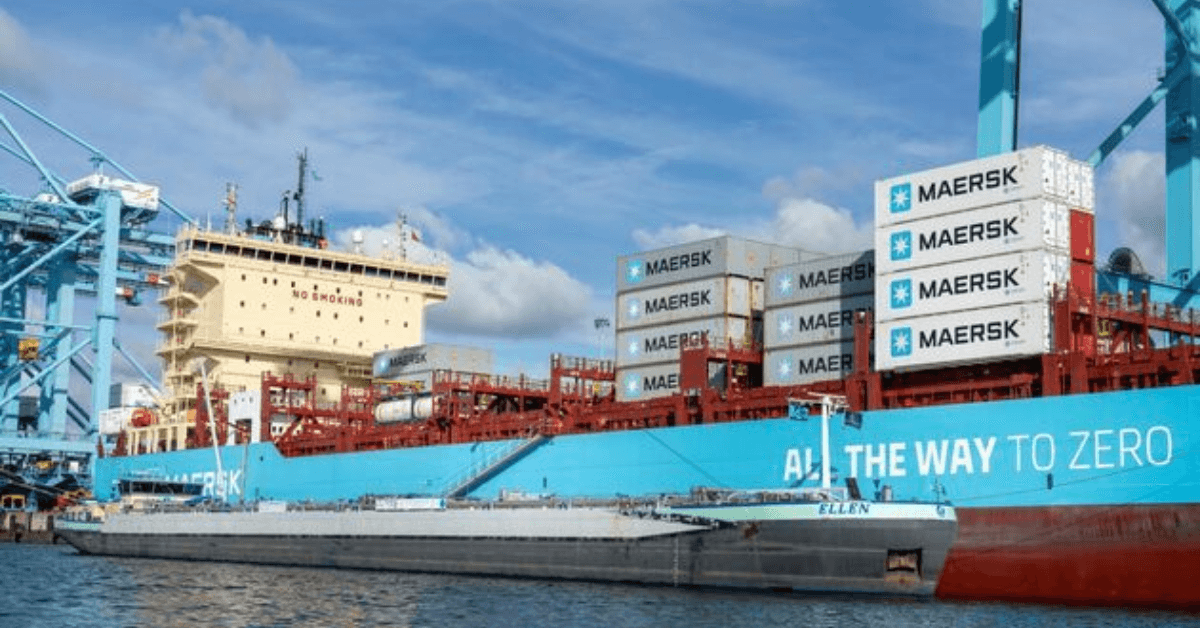
Norway Charges 4 In Fake Maritime Insurance Scam Linked To Russia’s Shadow Fleet
March 27, 2025
RobotPlusPlus Unveils Cargo Hold Cleaning Robot To Simplify Maritime Tasks
March 27, 2025
Singapore and Rotterdam have strengthened their partnership to accelerate shipping decarbonisation and digitalisation along one of the world’s busiest trade routes.
The Maritime and Port Authority of Singapore (MPA) and the Port of Rotterdam have signed a Cooperation Agreement to enhance their efforts under the Rotterdam-Singapore Green and Digital Shipping Corridor (GDSC).
Since its launch in 2022, the corridor has been a key initiative in promoting sustainable shipping. It has brought together 28 partners from across the container shipping value chain to advance the use of low and zero emission fuels and implement digital solutions for smoother port operations.
The joint goal is to reduce greenhouse gas (GHG) emissions from large container vessels on the corridor by 20-30% by 2030. The project also focuses on setting global standards for efficient port calls, seamless cargo flow, and paperless handling.
Dedicated working groups have been established to support each fuel type with efforts made to focus on bio and e-variants of ammonia, methane and methanol.
Since the corridor’s inception, multiple pilot projects have been conducted to test the feasibility of sustainable fuels. One significant milestone was the first successful bunkering of mass-balanced liquefied bio-methane at the Port of Rotterdam.
A similar trial is planned for Singapore in 2025.
A Life Cycle greenhouse gas Assessment (LCA) has been completed for green ammonia as a marine fuel. The Corridor is also supporting the Port Readiness Framework developed by the International Association of Ports and Harbors (IAPH), which helps ports assess their capability to supply sustainable fuels.
The partners also plan to develop financial instruments to make these fuels more accessible and cost-effective.
The Rotterdam-Singapore corridor is working to improve operational efficiency through digitalisation. Both ports have successfully trialed port-to-port data exchanges, allowing them to share vessel arrival and departure timestamps.
Ship to shore data exchang systems have been implemented for secure and automated submission of port clearance information. This reduces manual data entry errors and saves time for shipping companies.
The first phase of trials using global digital standards began in March 2025, and an enhanced solution is set to be tested in the second hald of the year.
During Singapore Maritime Week, government officials and industry stakeholders met to discuss the progress of the Green and Digital Shipping Corridor.
MPA Chief Executive Teo Eng Dih expressed the agency’s commitment to working with more partners to transform one of the world’s busiest shipping routes.
Reference: portofrotterdam
Source: Maritime Shipping News


